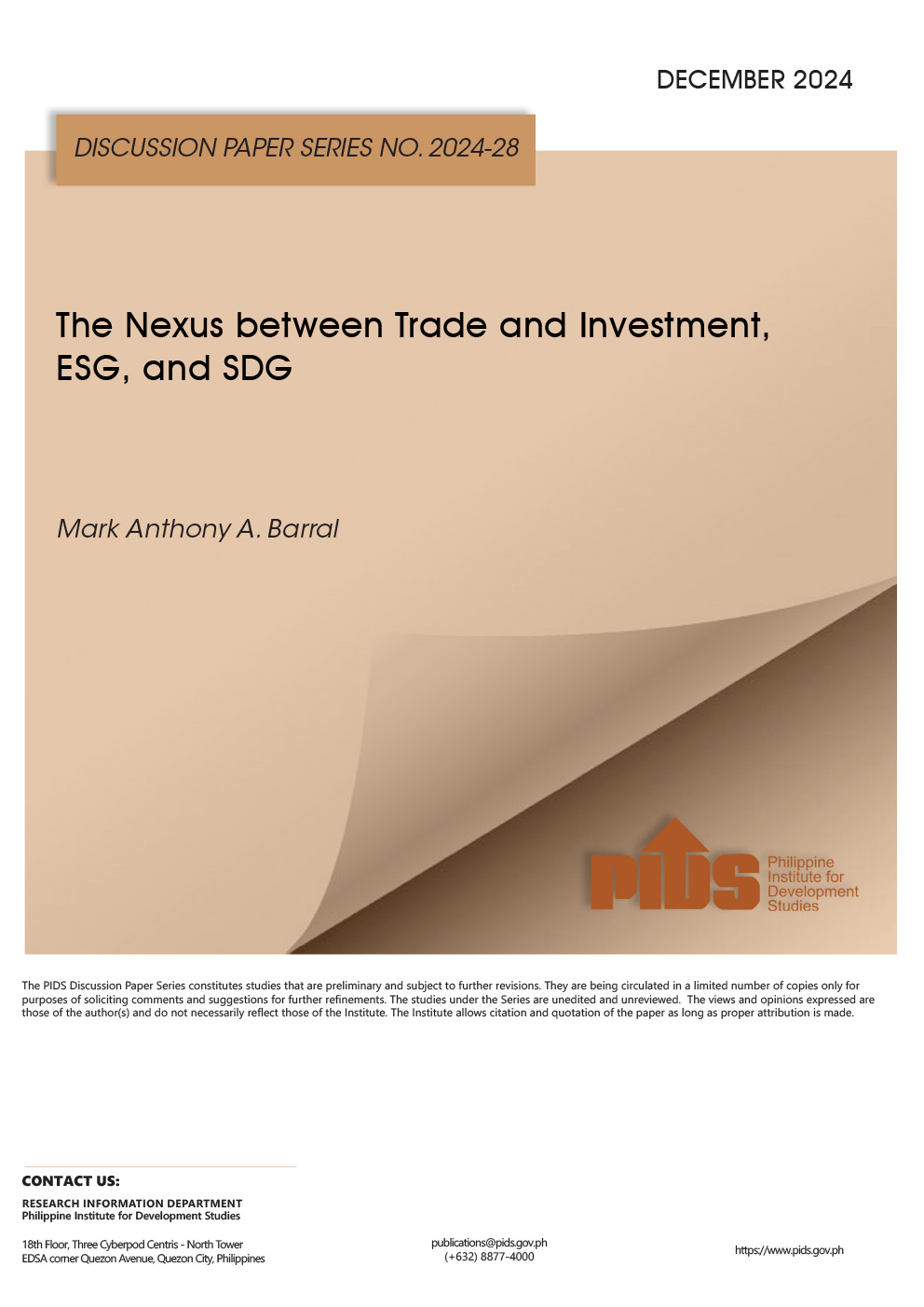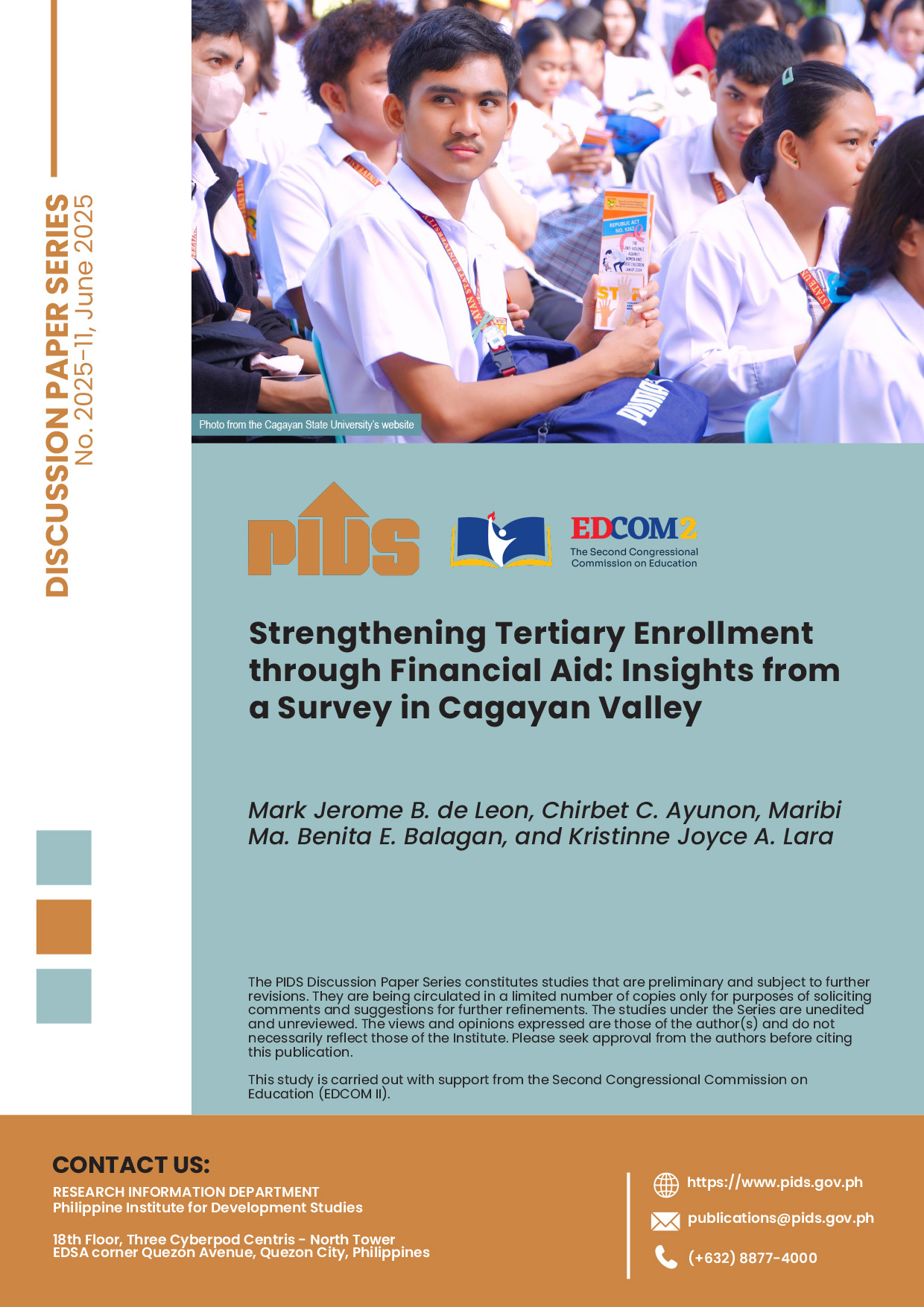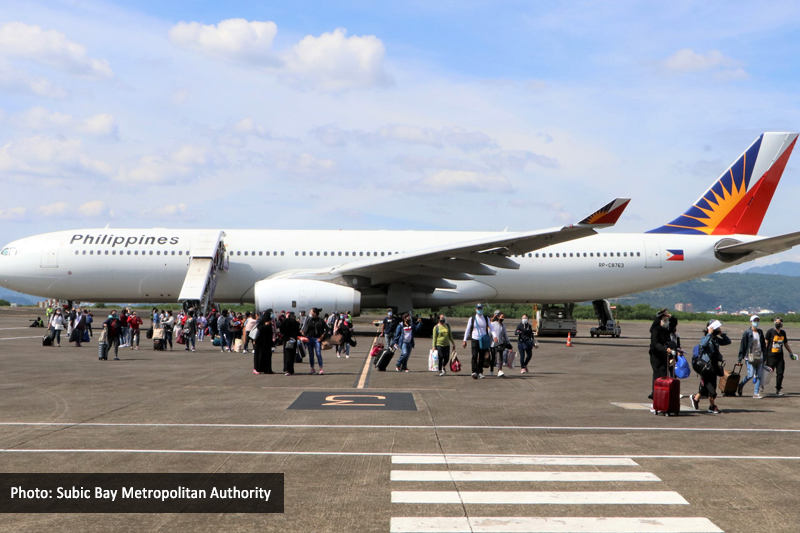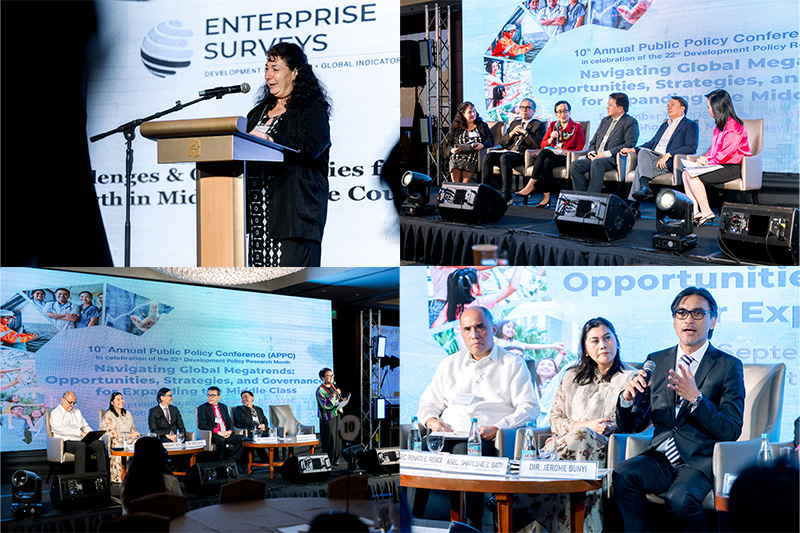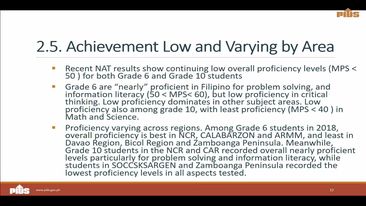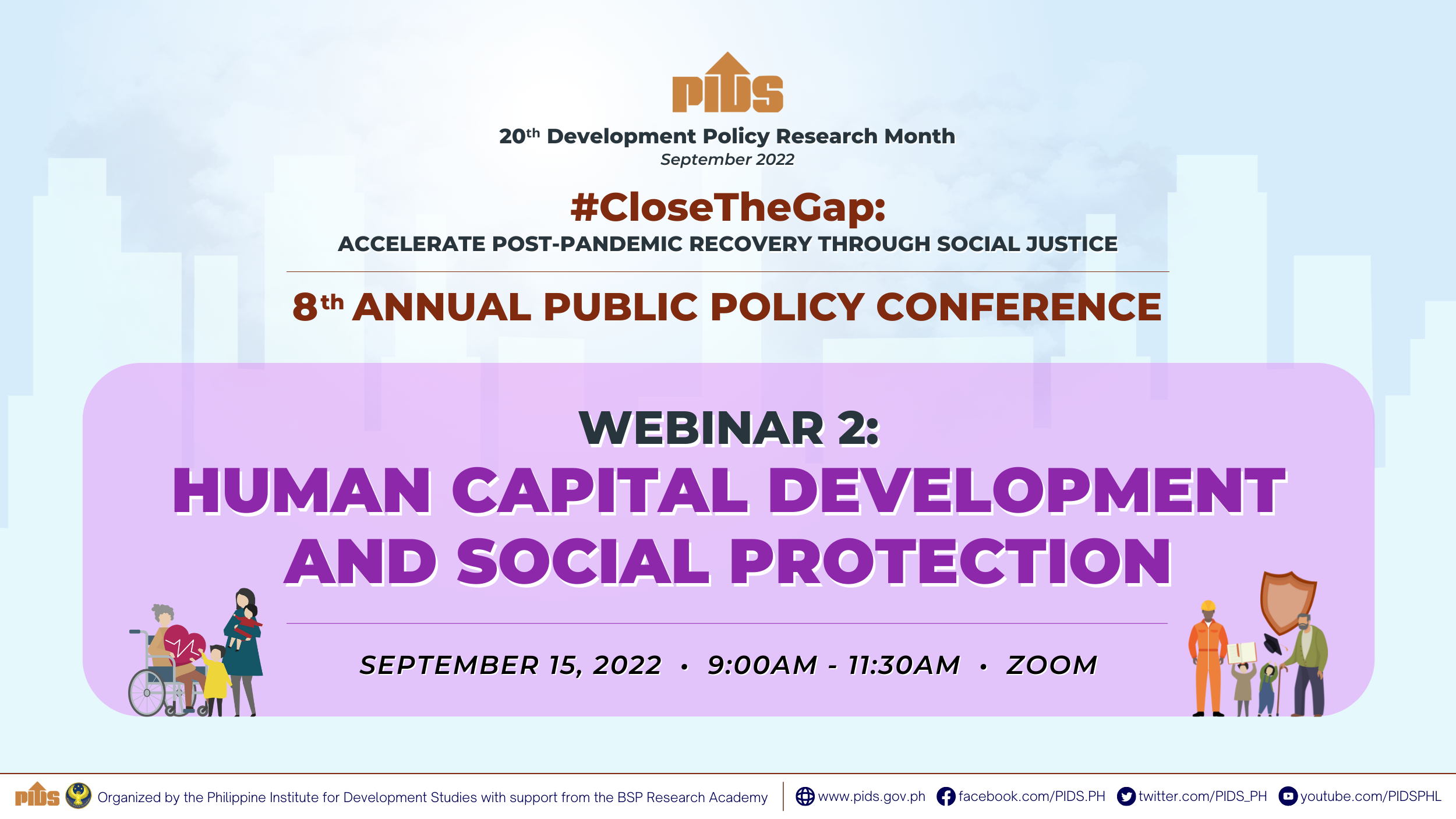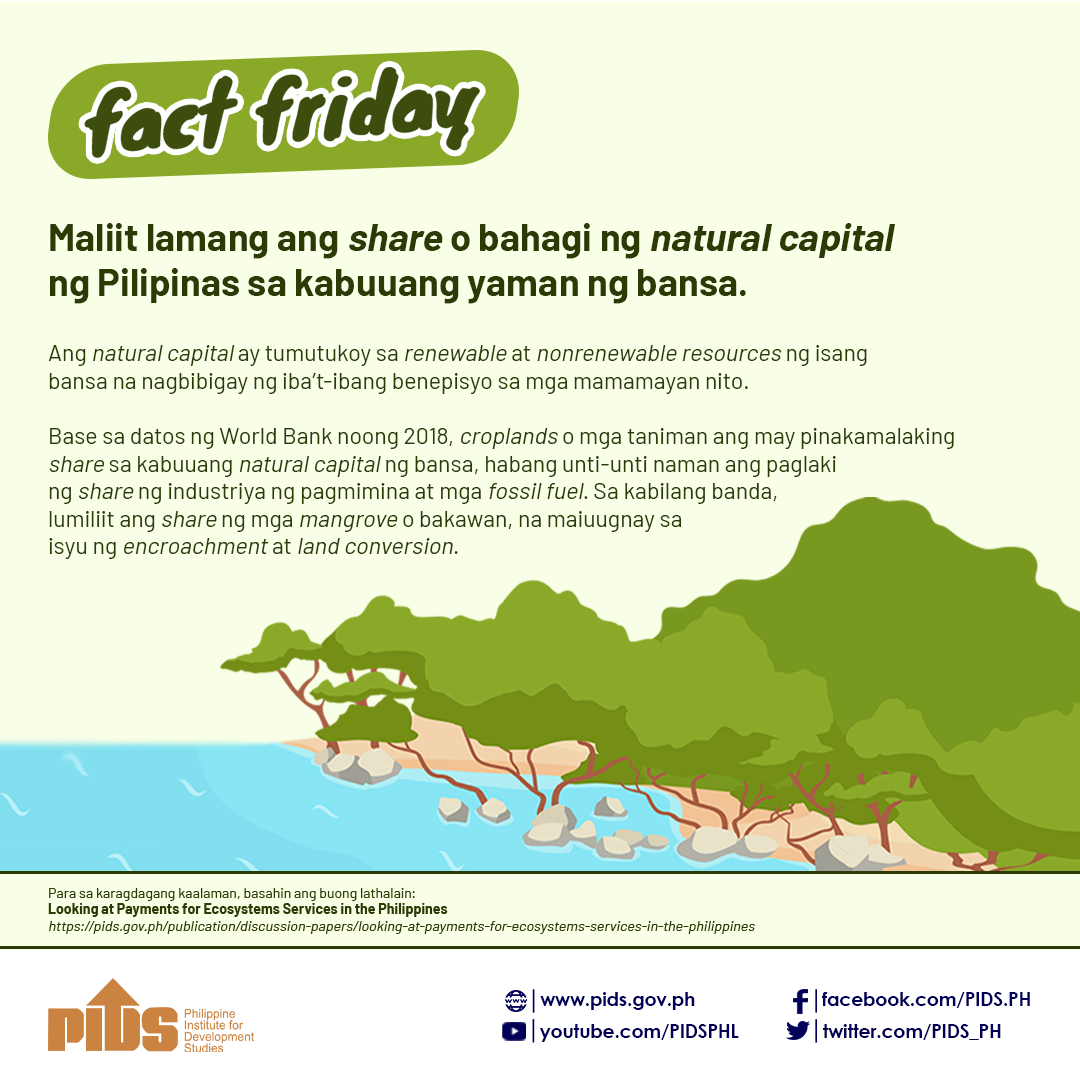Rampant corruption, lack of rule of law and poor regulatory quality have no significant impact on the flow of foreign capital in a country, according to a study released by the Philippine Institute for Development Studies (Pids).
In a discussion paper, titled “Cross-country Econometric Study on the Impact of Fiscal Incentives on FDI [foreign direct investments],” author Ma. Laarni D. Revilla said foreign investors are much more concerned about taxes, GDP, population, infrastructure and investment climate.
“This result goes to show that countries that are ranked high in terms of corruption and provide poor regulatory environment may still to receive huge FDI,” Revilla said.
“Some empirical studies provide evidence of a negative link between corruption and FDI inflows, while others fail to find any significant relationship,” she added.
Among the factors that have significant impact on FDI, Revilla said population can bring in the most significant increase in foreign capital.
Her findings showed that a 1-percent increase in population could translate to a reduction of $1.34 billion worth of FDI.
Revilla said other studies have noted that market size is not a determinant of FDI for a developing country due to low income.
Another significant factor is the effective average tax rate (EATR). Any 1-percent increase in EATR leads to a decrease of $271 million in FDI.
“It is important to note that an increase in the EATR, which refers to the reduction in the returns on an investment due to the host country’s fiscal system, significantly decreases FDI. This relationship may lead to the so-called race-to-the-bottom effect of tax competition,” Revilla said.
Revilla added that since these findings are true for Asean members, she said countries in the region must coordinate to maximize the gains, particularly in the area of taxes.
She added there is a need to protect trade in the Asean “without undermining the government’s budget.” This can be done through policies that involve tax-rate adjustments or changes in the tax regime.
Asean countries, she said, can also determine the optimal size and scope of tax rates and other investment incentives.
“This strategy will protect all countries from the various harmful effects of tax competition. Last, to complement the adjustments in tax rates, other country-specific factors that affect the entry of FDI may be identified and worked on,” Revilla said.
In the Philippines overhauling the tax system is part of the reforms being sought from the next administration.
The overhaul of the tax system is being eyed as a means to address inequalities in the tax system and additional revenues for much-needed infrastructure projects.
In a recent Senate Centennial Lecture Series, experts from the Pids, the Department of Finance (DOF) and Tax Management Association of the Philippines agreed that the country’s tax system needs to change.
The country’s personal income tax (Pit), specifically, has not been updated since 1997. This has resulted in what is called “bracket creep,” where low-income taxpayers “hurt more” than their high-income counterparts.
Bracket creep, Pids Senior Research Fellow Rosario G. Manasan explained, has occurred because of the “nonindexation” to inflation of Pit brackets.
This means the coverage of each tax bracket does not take into consideration the current value of the peso.
said this presents a problem because the current value of the Philippine peso, using the 2014 Consumer Price Index (CPI), is already less than half of its value in 1998.//
In a discussion paper, titled “Cross-country Econometric Study on the Impact of Fiscal Incentives on FDI [foreign direct investments],” author Ma. Laarni D. Revilla said foreign investors are much more concerned about taxes, GDP, population, infrastructure and investment climate.
“This result goes to show that countries that are ranked high in terms of corruption and provide poor regulatory environment may still to receive huge FDI,” Revilla said.
“Some empirical studies provide evidence of a negative link between corruption and FDI inflows, while others fail to find any significant relationship,” she added.
Among the factors that have significant impact on FDI, Revilla said population can bring in the most significant increase in foreign capital.
Her findings showed that a 1-percent increase in population could translate to a reduction of $1.34 billion worth of FDI.
Revilla said other studies have noted that market size is not a determinant of FDI for a developing country due to low income.
Another significant factor is the effective average tax rate (EATR). Any 1-percent increase in EATR leads to a decrease of $271 million in FDI.
“It is important to note that an increase in the EATR, which refers to the reduction in the returns on an investment due to the host country’s fiscal system, significantly decreases FDI. This relationship may lead to the so-called race-to-the-bottom effect of tax competition,” Revilla said.
Revilla added that since these findings are true for Asean members, she said countries in the region must coordinate to maximize the gains, particularly in the area of taxes.
She added there is a need to protect trade in the Asean “without undermining the government’s budget.” This can be done through policies that involve tax-rate adjustments or changes in the tax regime.
Asean countries, she said, can also determine the optimal size and scope of tax rates and other investment incentives.
“This strategy will protect all countries from the various harmful effects of tax competition. Last, to complement the adjustments in tax rates, other country-specific factors that affect the entry of FDI may be identified and worked on,” Revilla said.
In the Philippines overhauling the tax system is part of the reforms being sought from the next administration.
The overhaul of the tax system is being eyed as a means to address inequalities in the tax system and additional revenues for much-needed infrastructure projects.
In a recent Senate Centennial Lecture Series, experts from the Pids, the Department of Finance (DOF) and Tax Management Association of the Philippines agreed that the country’s tax system needs to change.
The country’s personal income tax (Pit), specifically, has not been updated since 1997. This has resulted in what is called “bracket creep,” where low-income taxpayers “hurt more” than their high-income counterparts.
Bracket creep, Pids Senior Research Fellow Rosario G. Manasan explained, has occurred because of the “nonindexation” to inflation of Pit brackets.
This means the coverage of each tax bracket does not take into consideration the current value of the peso.
said this presents a problem because the current value of the Philippine peso, using the 2014 Consumer Price Index (CPI), is already less than half of its value in 1998.//

